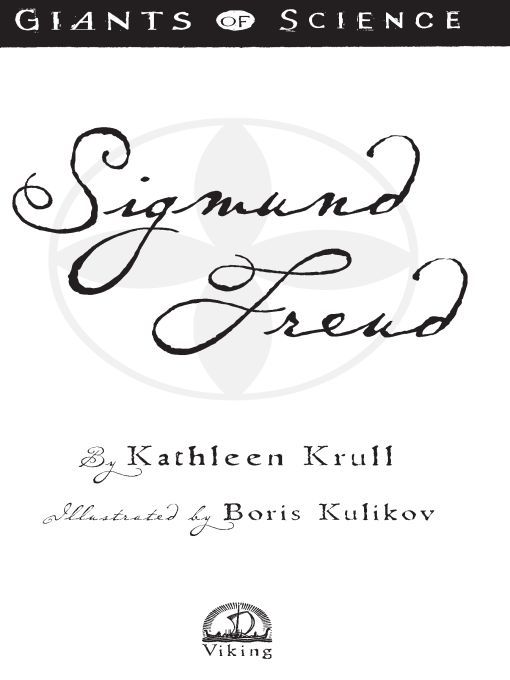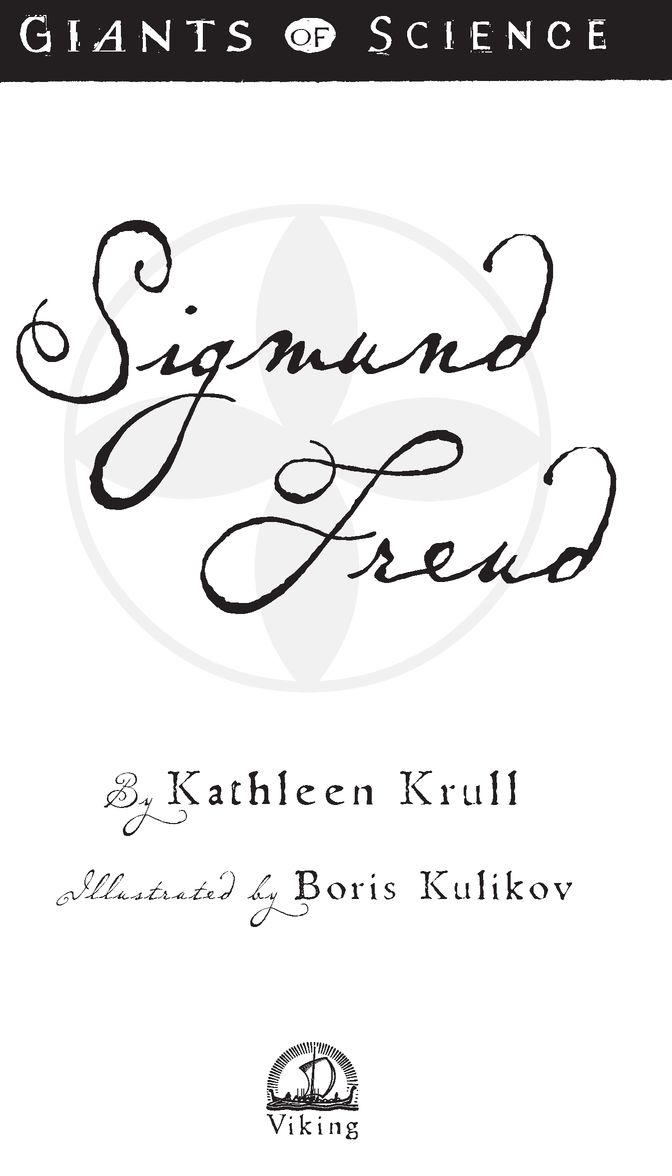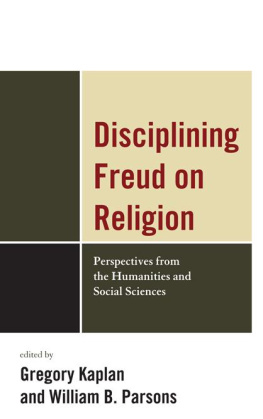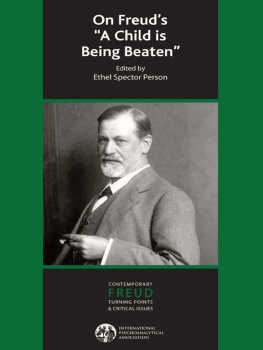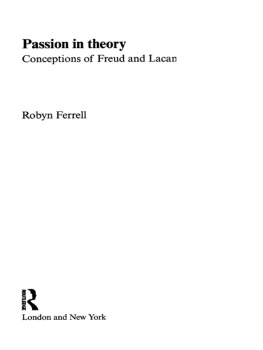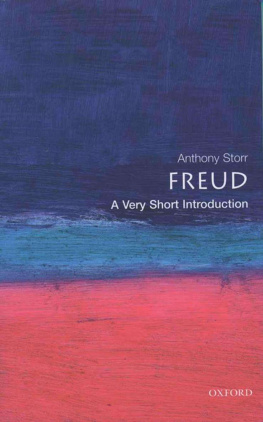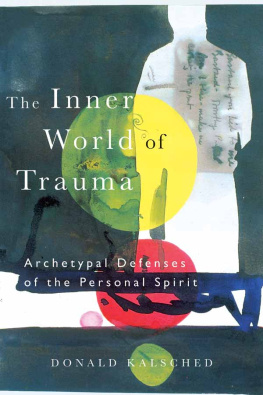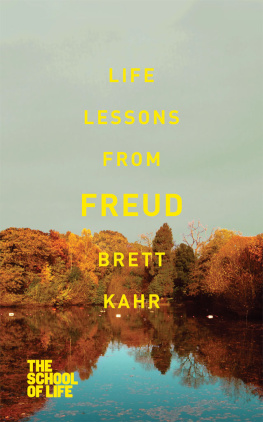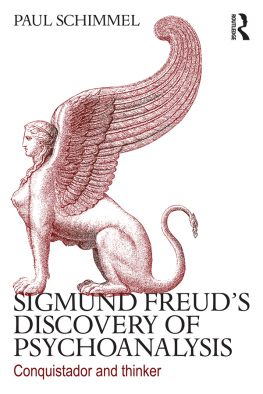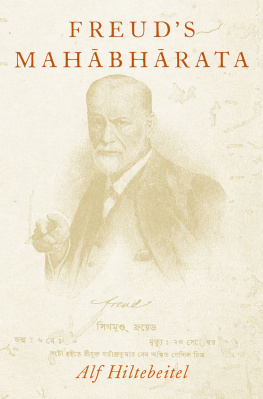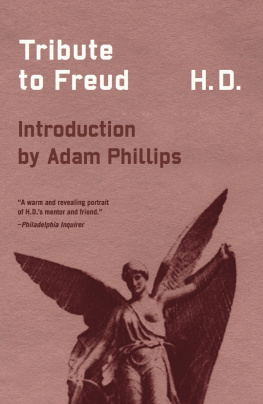Table of Contents
Welcome to Ethan Brewer, May 9, 2006
K.K.
Acknowledgments
For help with research, the author thanks
Susan Cohen (Agenting Goddess),
Dr. Lawrence M. Principe, Stanley Bone, M.D.,
Patricia Daniels, Sheila Cole, Janet Pascal,
Paul Brewer, Melanie Brewer, Cindy Clevenger
and the Rabbits, and most of all, Jane OConnor.
INTRODUCTION
If I have seen further [than other people] it is by standing upon the shoulders of giants.
Isaac Newton, 1675
THE BRAIN HAS NOT always gotten respect.
When turning a corpse into a mummy, the ancient Egyptians used a small hook to scrape brain matter out through the nostrils. Then they threw it away. After all, the brain did so littleeveryone knew that intelligence and emotions arose from the heart, which was carefully preserved.
Ancient Babylonians revered the liver as the true source of thought and emotion.
The great thinkers of ancient Greece were divided. Some, including Plato, concluded from early anatomical studies that the brain was the center of intelligence. However, Aristotle, that powerhouse born in 384 B.C., insisted the center of thought was in the center of the body: the heart. The brain was merely a sort of air conditioner, cooling off the body from the heat the heart made with all that thinking and feeling.
Galen, the famous physician from the second century A.D., knew the mind resided in the brain, yet his approach to treating a mentally disturbed patient was way off the mark. Galen believed that four humors, or fluids, generated by the brainblood, phlegm, yellow bile, and black biledetermined not only physical but mental health. An excess of yellow bile caused ill temper, for example; an excess of black bile caused melancholy or depression. Diagnosis was a matter of examining urine, and cures were often a matter of bloodletting and vomiting to rid the body of that excess bile. Galens four-humor theory dominated medical thought for more than a thousand years.
By the Middle Ages, surgeonsoften the local barberswere claiming that a stone of madness lodged in the head caused strange behavior. They would dig out bits of brain and a person could be cured. For a fee.
Even Leonardo da Vinci, Renaissance wonderboy and ahead of his time in so many ways, stuck to a prejudice about mental illness that was common in his daya persons face reflected what was going on inside, for good or ill. An ugly, deformed face was the outward reflection of a twisted, sick personality.
And well into the 1700s, peasant folk commonly believed that mental illness was either punishment for sin or the work of the devil. Or a character weaknessdepressed people were blamed for lacking self-control. Physicians still searched for medical causes of dementia, attributing it to bad blood, bad air, even bad food, and attempted to treat it with medicines including some made from highly poisonous plants like hellebore. The main treatment was to hide people with problems away and shut them up. If they werent too troublesome you could lock up your mad uncle in the attic, or put your crazy sister out in the barn. For the uncontrollable, special hospitals kept them away from societyasylums that were more like jails.
Then came the Scientific Revolution, fully flowering in the work Isaac Newton began in the mid-1600s. The scientific method is about measuring, quantifying, observing the physical world, and testing those observations. Scientists made triumphant discoveries in areas where things can be seenphysics and chemistry, astronomy and biology. Through autopsy work in the 1600s, Thomas Willis, a British doctor, revealed that the brain was the center of both thought and sensationit was a complexly structured organ, command central of the entire nervous system.
The brainscientists began to understand exactly how essential it was to life. By the 1880s, the field of psychiatry, the medical treatment of diseases of the mind, had been born. One of its first books was by the German doctor Theodor Meynert, who specialized in the anatomy and function of the brain. Meynert was a psychiatrist, a word just coming into use, replacing alienist (the patients were the aliens, locked away in asylums, mentally alienated from real life).
So science, it appeared, could be applied to human behavior. Scientists struggled with such questions as: Why do humans act the way they do? What does the brain control? What is normal and what is abnormal behavior? Could science be used to help troubled people? Where do our bodies end and our minds begin? What is the mind, anyway? Is it solely the turf of poets and philosophers? Or can scientists claim it as their territory as well?
Scientists started talking about the brain in two waysas an anatomical entity and as an emotional mind. One is a physical organ that governs the nervous system, with different parts that control specific functions like speech and memory and the five sensesthe neurological brain. The other is something we cant see, a mind that decides what those memories mean and how they affect usthe emotional brain.
Into the late 1800s, psychiatry flourished, but by focusing on anatomywhat the physical organ of the brain did. Early psychiatrists treating diseases of the nervous system saw mental illness as the brain being out of whack. They searched for physical reasons for brain disorderslesions in the brain, perhaps. The modern science of psychology, wrote American doctor William Hammond in 1876, is neither more or less than the science of mind considered as a physical function.
There were some quirky detours taken while investigating the brain. Two doctors from ViennaFranz Joseph Gall and Johann Spurzheimpromoted a popular pseudoscience called phrenology. They believed that the brain had some thirty or more separate organs, each of which controlled a different personality trait such as intelligence or criminal tendencies. Phrenologists believed that bumps on a persons skull corresponded to various organs and dictated a persons character. They would visit asylums and prove how the shape of the patients heads matched their illness. Phrenologists also prized owning the skulls of geniuses. Mozarts was the trophy of one collection.
Consideration of the emotional mind, the thing that cant be seen, lagged behind the study of the physical aspects of the mind. By the nineteenth century, treatment of the emotionally disturbed may have become more humane at least, yet it remained largely ineffective. Rest cures, for example, helped give patients peace and quiet, but didnt treat the underlying causes of the sickness. No one thought of listening to patients, trying to figure out what ailed them. They spouted nonsense, so paying attention would just make them worse.
Meanwhile, as the twentieth century approached, another doctor from Vienna sat in a quiet room with troubled patients lying on a very important couch. Chain-smoking cigars, he listened and kept on listening. His faithful dog napped at his feet, trained to recognize when a patients hour was up. Furiously the doctor would write up case studies that read like mystery stories.
He pioneered a treatment called talk therapy, based on the theory that unconscious fears can make people sick. Uncovering those fears would help banish the illness.
His name may ring a bellSigmund Freud.
Freud didnt answer all the questions about the emotional brain. And often the answers he did come up with were wrong. But he was among the first doctors to believe that psychology was actually a branch of science. Freud certainly didnt discount the physical brain, but he primarily dealt with emotions, through his talk therapy, or psychoanalysis. Freud theorized that the emotional mind could make the physical body ill, and thats what he wanted to treatthe memories, emotions, dreams.

